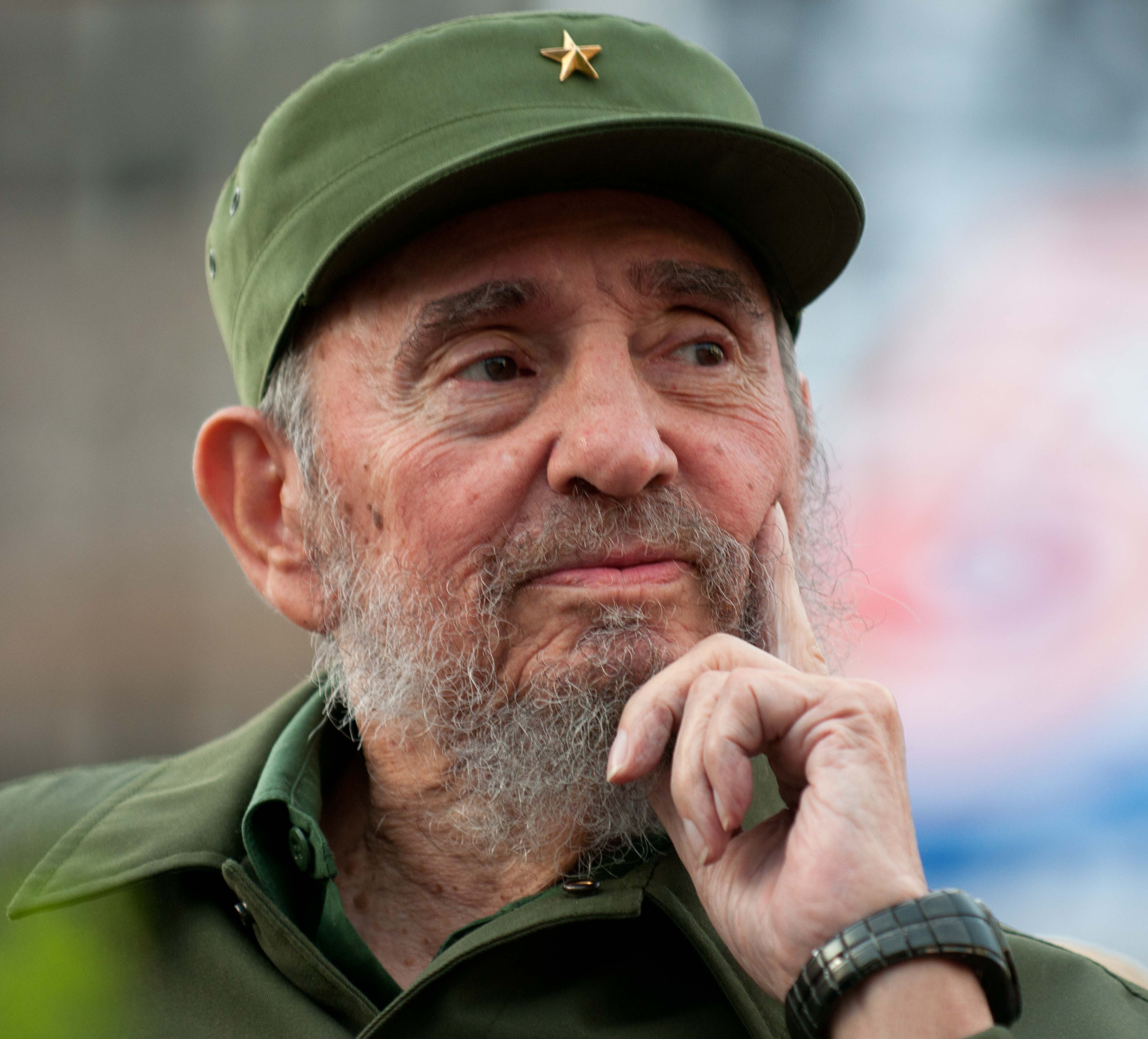Fidel Castro, the Cuban revolutionary leader who built a communist state on the doorstep of the United States and for five decades defied US efforts to topple him, died on Friday, his younger brother announced to the nation. He was 90.
A towering figure of the second half of the 20th Century, Castro had been in poor health since an intestinal ailment nearly killed him in 2006. He formally ceded power to his younger brother two years later.
Wearing a green military uniform, Cuba’s President Raul Castro appeared on state television to announce his brother’s death, Reuters reported.
“At 10.29 at night, the chief commander of the Cuban revolution, Fidel Castro Ruz, died,” he said, without giving a cause of death. “Ever onward, to victory.”
The streets were quiet in Havana, but some residents reacted with sadness to the news, while in Miami, where many exiles from the Communist government live, a large crowd waving Cuban flags cheered, danced and banged on pots and pans, a video on social media showed.
“I am very upset. Whatever you want to say, he is public figure that the whole world respected and loved,” said Havana student Sariel Valdespino.
Castro’s remains will be cremated, according to his wishes. His brother said details of his funeral would be given on Saturday.
Fidel Castro took power in a 1959 revolution and ruled Cuba for 49 years with a mix of charisma and iron will, creating a one-party state and becoming a central figure in the Cold War.
He was demonized by the United States and its allies but admired by many leftists around the world, especially socialist revolutionaries in Latin America and Africa.
“I lament the death of Fidel Castro Ruz, leader of the Cuban revolution and emblematic reference of the 20th Century,” Mexican President Enrique Pena Nieto said on Twitter.
Transforming Cuba from a playground for rich Americans into a symbol of resistance to Washington, Castro outlasted nine US presidents in power.
He fended off a CIA-backed invasion at the Bay of Pigs in 1961 as well as countless assassination attempts. His alliance with Moscow helped trigger the Cuban Missile Crisis in 1962, a 13-day showdown with the United States that brought the world the closest it has been to nuclear war.
Wearing green military fatigues and chomping on cigars for many of his years in power, Castro was famous for long, fist-pounding speeches filled with blistering rhetoric, often aimed at the United States.
At home, he swept away capitalism and won support for bringing schools and hospitals to the poor. But he also created legions of enemies and critics, concentrated among Cuban exiles in Miami who fled his rule and saw him as a ruthless tyrant.
In the end it was neither the efforts of Washington and Cuban exiles nor the collapse of Soviet communism that ended his rule. Instead, illness forced him to cede power to his younger brother Raul Castro, provisionally in 2006 and definitively in 2008.
Although Raul Castro always glorified his older brother, he has changed Cuba since taking over by introducing market-style economic reforms and agreeing with the United States in December 2014 to re-establish diplomatic ties and end decades of hostility.
Six weeks later, Fidel Castro offered only lukewarm support for the deal, raising questions about whether he approved of ending hostilities with his longtime enemy.
He lived to witness the visit of US President Barack Obama to Cuba earlier this year, the first trip by a US president to the island since 1928.
Castro did not meet Obama, and days later wrote a scathing column condemning the US president’s “honey-coated” words and reminding Cubans of the many US efforts to overthrow and weaken the communist government.
In his final years, Fidel Castro no longer held leadership posts. He wrote newspaper commentaries on world affairs and occasionally met with foreign leaders but he lived in semi-seclusion.
Revolutionary Icon
A Jesuit-educated lawyer, Fidel Castro led the revolution that ousted US-backed dictator Fulgencio Batista on Jan 1, 1959. Aged 32, he quickly took control of Cuba and sought to transform it into an egalitarian society.
His government improved the living conditions of the very poor, achieved health and literacy levels on a par with rich countries and rid Cuba of a powerful Mafia presence.
But he also tolerated little dissent, jailed opponents, seized private businesses and monopolized the media.
Castro’s opponents labeled him a dictator and hundreds of thousands fled the island. Many settled in Florida, influencing US policy toward Cuba and plotting Castro’s demise. Some even trained in the Florida swamps for the disastrous Bay of Pigs invasion. But they could never dislodge him.
Generations of Latin American leftists applauded Castro for his socialist policies and for thumbing his nose at the United States from its doorstep just 145 km from Florida.
In 1962, the United States imposed a damaging trade embargo that Castro blamed for most of Cuba’s ills.
He also won friends by sending tens of thousands of Cuban doctors abroad to treat the poor and bringing young people from developing countries to train them as physicians.


